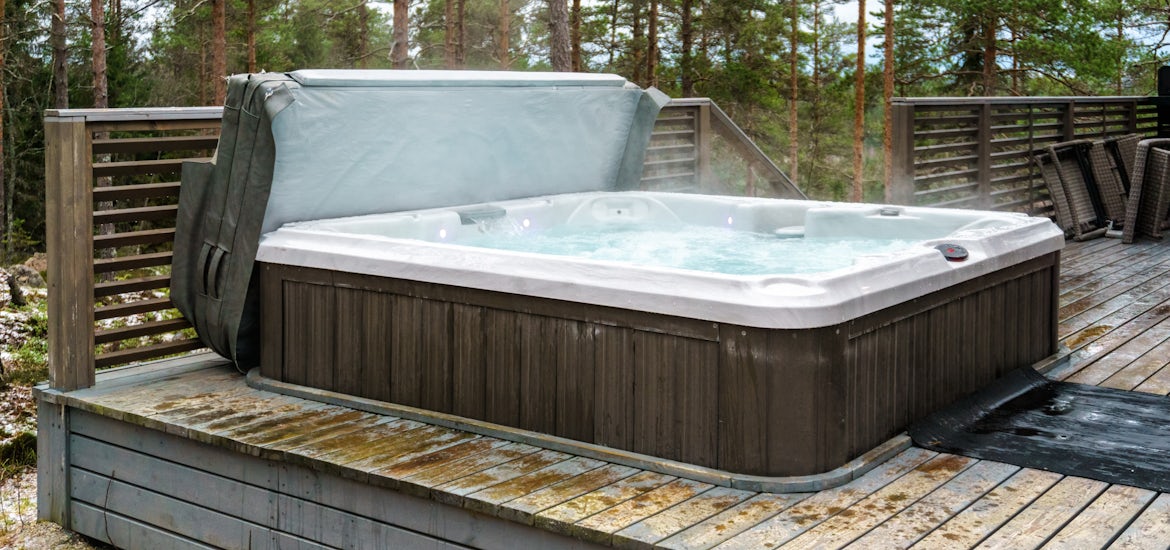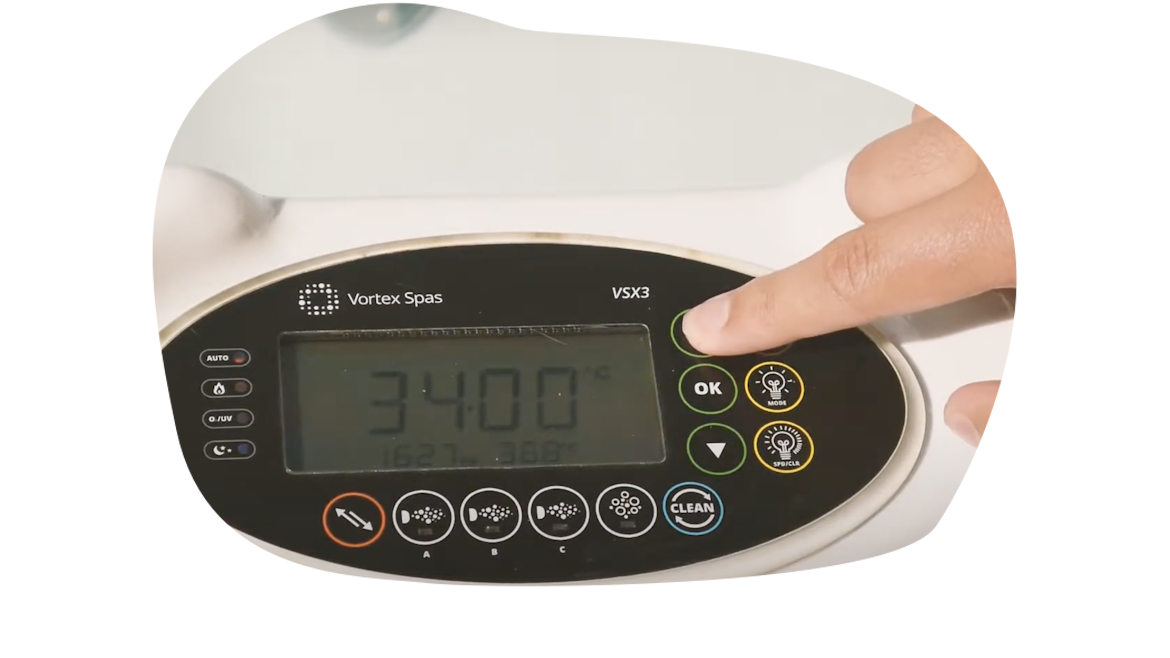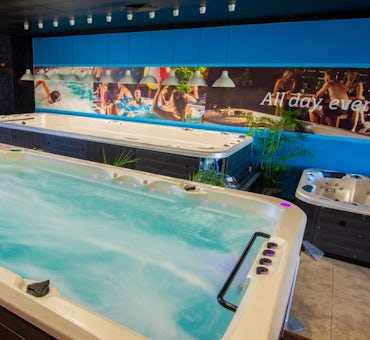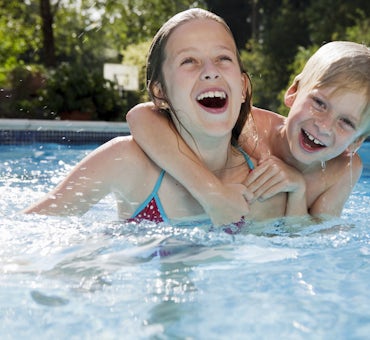There's nothing quite like a relaxing soak in a spa pool, but if the water is not heating up properly, it can be frustrating and unsatisfying.
There can be several reasons why your spa pool may not be heating up, and in this article, we'll explore some of the most common causes and what you can do to fix them.
Important note: All electrical work must be carried out by a licensed electrician. Any electrical information included here, whether it is troubleshooting or other instructions, are provided for use by a licensed electrician only. Local electrical codes supersede any information found here.




